What it's really like doing dash camera reviews
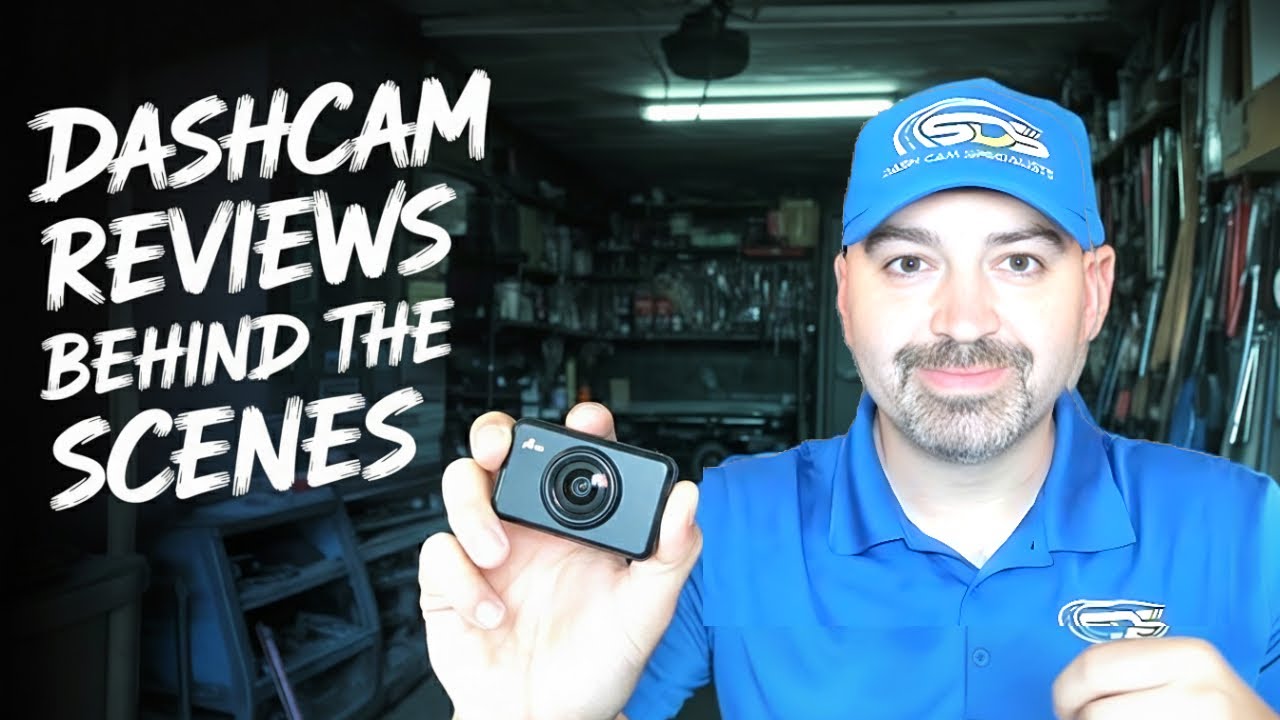
I'm Ben from Safe Drive Solutions — dash cam installer, reviewer, and occasionally, professional complainer. In this post I want to pull back the curtain on what it really looks like behind the scenes when we test dash cameras and make review videos for our channel. If you've ever wondered why a review takes so long or why some products get glowing recommendations online while others quietly fail in real-world use, read on.
The promise vs. the reality
New dash camera models come out constantly. Manufacturers send units, influencers promise reviews, and customers look for clear, unbiased guidance. In practice, though, a lot goes wrong before we ever hit “publish.” Time and again I've been sent units that were supposed to be final production, only to discover they were early, pre-crowdfunding or pre-production versions.
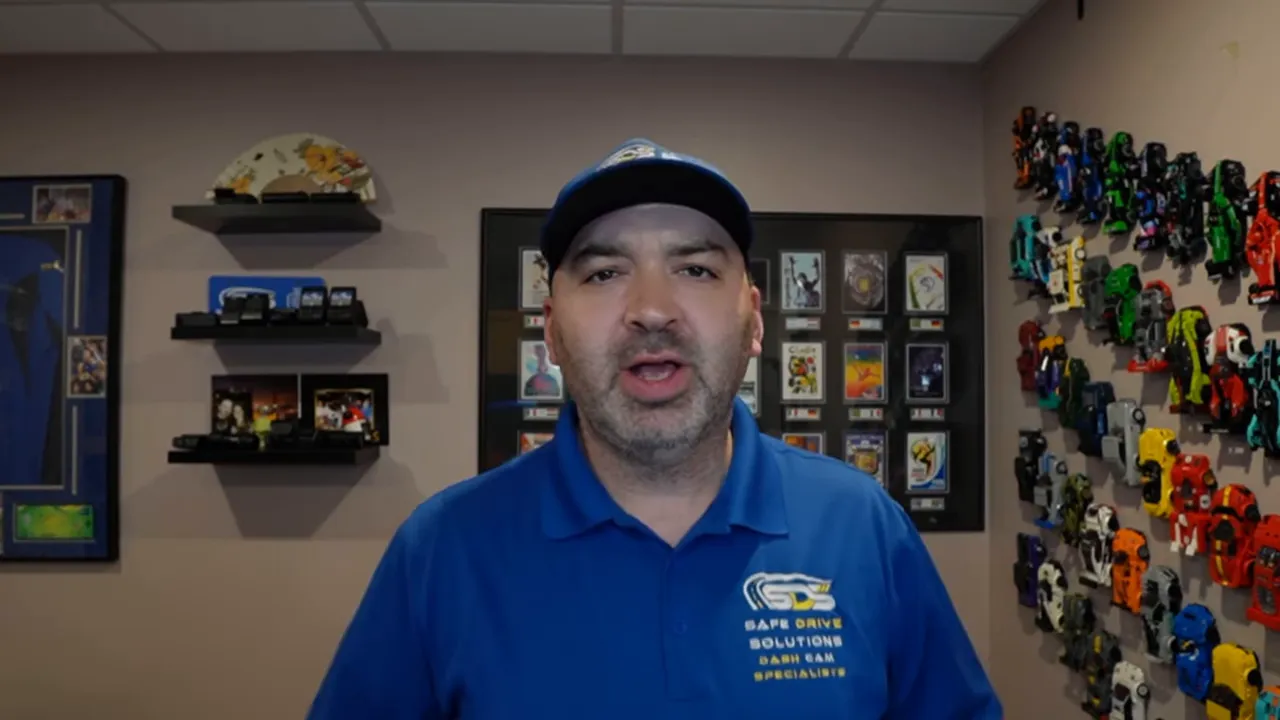
That leads to a cascade of problems. I spend weeks driving the vehicle to compile real-world footage so customers can make proper buying decisions — only to be told after the fact that what I tested wasn’t the finished product. Or worse, the ‘final production’ unit we receive has fundamental issues like corrupt video files.
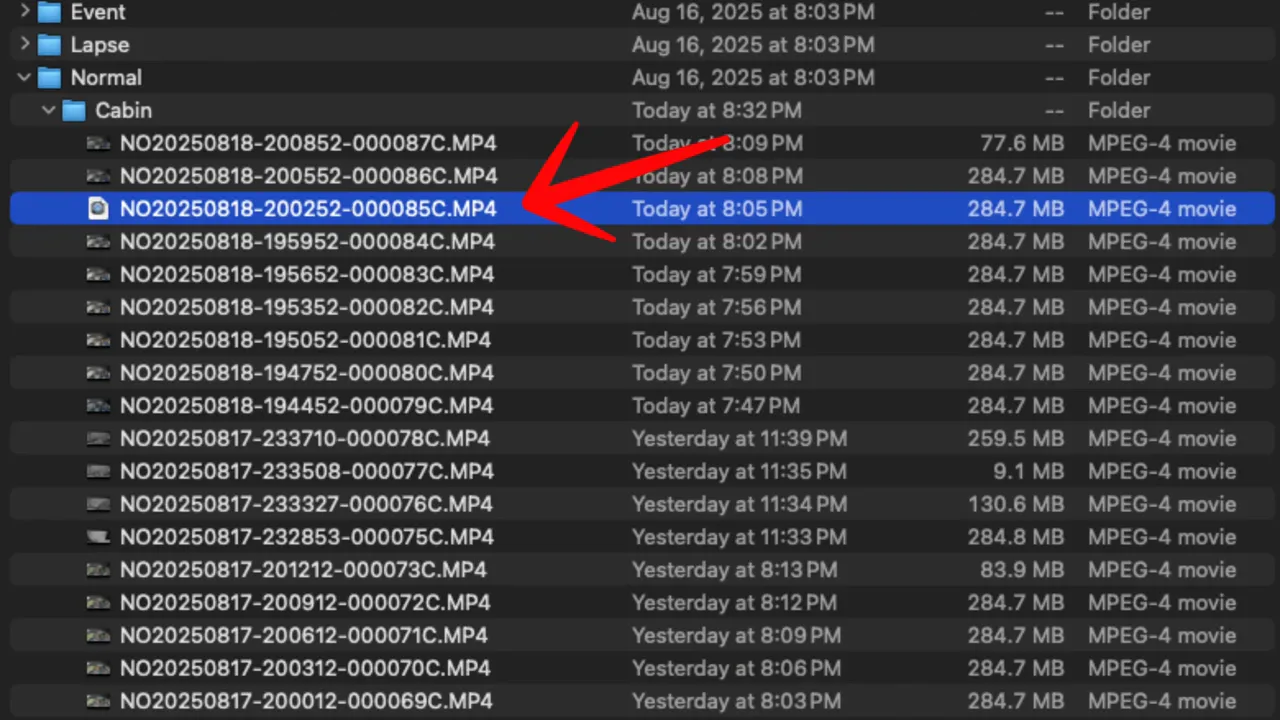
Corrupt files, endless firmware updates, and mounting frustration
One of the most infuriating problems is recording corruption. You rely on a dash cam to capture evidence — license plates, collision footage, events you can't retell. When recorded files are corrupt, the camera has failed at its most basic job.
"So what? I'm supposed to put this on my YouTube channel and show you guys how it performs. You're going to go buy this product and the video files are going to fail. That's what you need the dash camera for."
What follows is a familiar cycle:
- Report the issue to the manufacturer.
- Receive a firmware update that "will fix it."
- Test again — and either see the same problem or a new one.
- Repeat, sometimes multiple times, until the manufacturer finally stops replying or sends another update.
That loop wastes time and undermines trust. After several rounds, I honestly just want to rip some of these units out of vehicles and be done with them.
When to expose problems — and when to hold back
We face a real dilemma as reviewers and as a business. On one hand, our audience deserves honest, thorough reviews so they can make smart purchases. On the other, publicly exposing a brand's problems isn’t always straightforward — and it can lead to uncomfortable fallout.
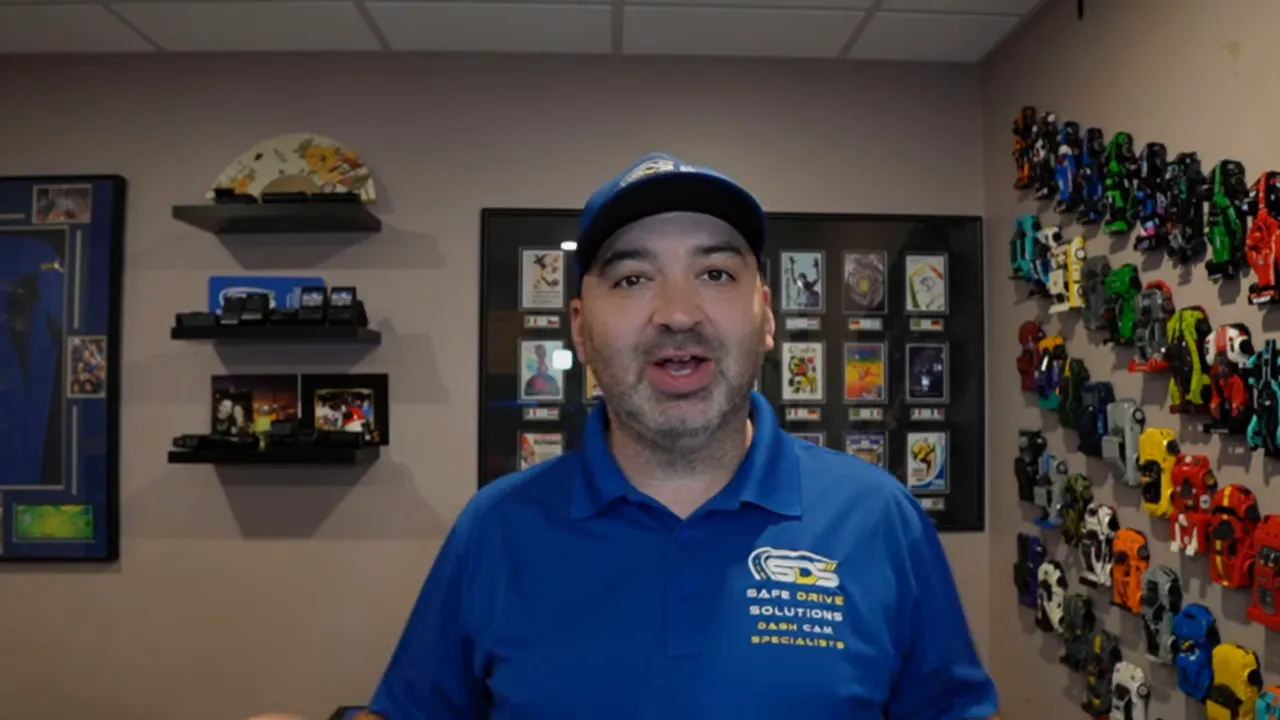
We're a Viofo dealer (and we know other resellers), which gives us direct access to manufacturers and some leverage to push for fixes. We use our videos to apply pressure for small but important changes. Sometimes that works — and it's satisfying when a firmware update or hardware tweak finally addresses an issue.
"Viofo is one of the only brands that seems to be working good. And then occasionally, we find some challenges and we're trying to... use our YouTube channel to try and like pressure them to make a couple little subtle changes."
But the other side is real: when we've publicly exposed brands in the past, we've had unpleasant incidents behind the scenes. That makes me cautious. I want every product we recommend to be reliable, especially for customers who depend on a dash cam for protection and peace of mind.
Why I sometimes hold back
- We send issues to manufacturers first to give them a chance to fix problems.
- We want to avoid false positives — calling a product broken when it was a pre-production unit or an isolated defect.
- We're running a full-time installation business on top of creating content; we owe clients reliable gear.
Why comparisons can be tricky
I'd love to do head-to-head comparisons all the time (and we do when we can), but comparison reviews rely on stable, comparable units. Too often I find one brand working great — Viofo in many cases — while the other unit in the comparison has recurring issues that invalidate the test.
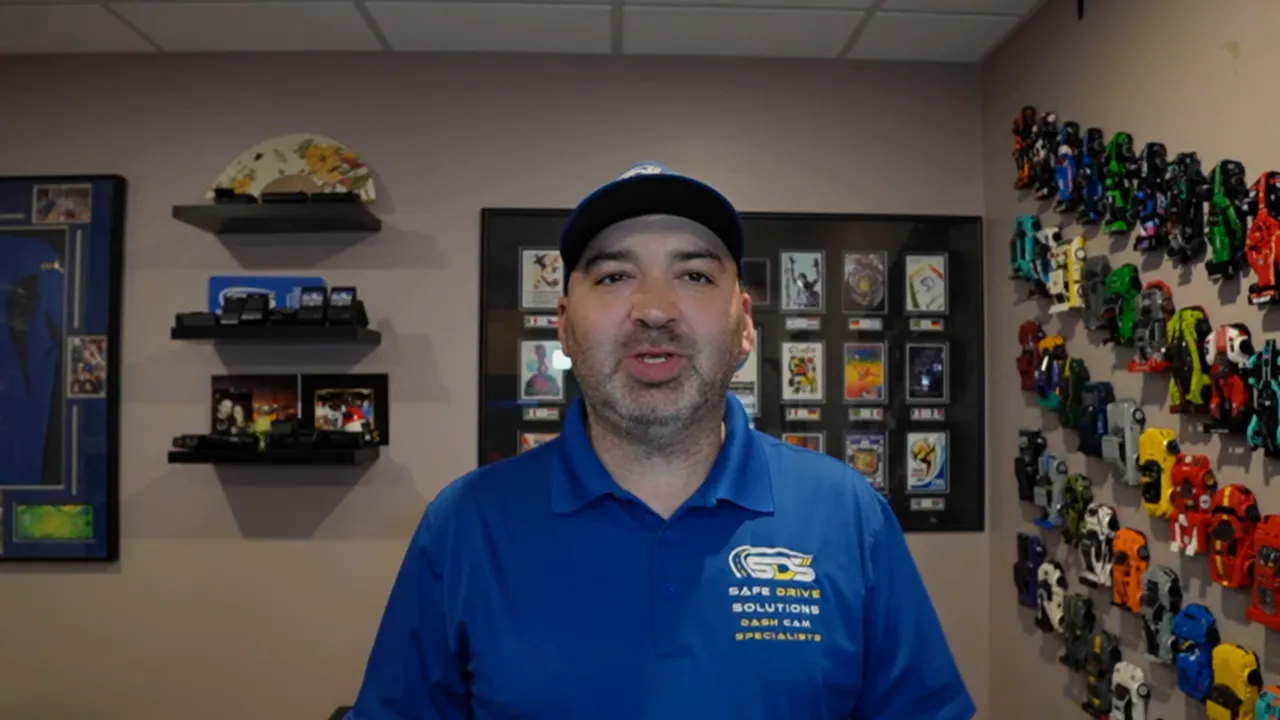
That makes it hard to publish clean, useful comparisons. If one camera’s footage corrupts or its features don’t function consistently, publishing a side-by-side review would mislead viewers.
What I want from manufacturers
If manufacturers are reading, here's what matters most to reviewers and real customers alike:
- Stable firmware releases: don’t ship “final” units with critical bugs.
- Reliable recording: the primary function is to record clear, intact footage.
- Transparent communication: if a unit is a pre-production sample, say so up front.
- Responsive support: take reported issues seriously and fix them promptly.
A question for readers
This post is partly a vent, partly a call for input. I want to know how you think we should handle this situation:
- Should we start exposing more product issues publicly, even if that leads to friction with manufacturers?
- Or should we continue quietly reporting problems to vendors and waiting for fixes before publishing?
Tell me what you think in the comments — your feedback helps shape how we review gear and how transparent we are with the community.
Final thoughts
Testing dash cameras well takes time, effort, and patience. Between running a busy installation business, creating content, and repeatedly troubleshooting products, the process can be exhausting. I want our reviews to help drivers make informed decisions, not to prop up half-finished products that fail when you need them most.
If you value honest dash cam guidance, follow along, leave your opinion, and help us decide whether to keep pressuring companies privately or to be louder about the problems we find. Either way, our goal stays the same: reliable video evidence for drivers.
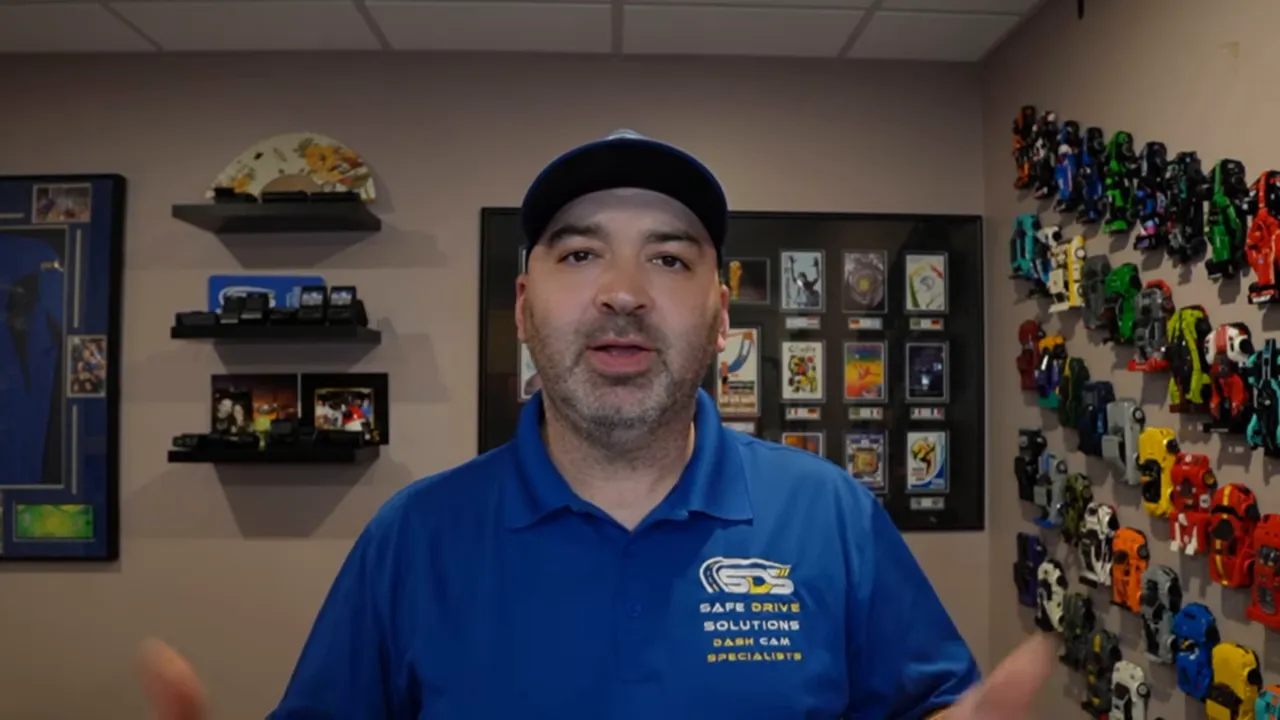
— Ben, Safe Drive Solutions


